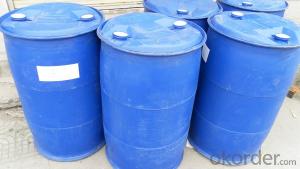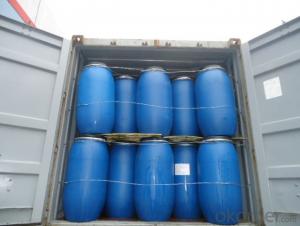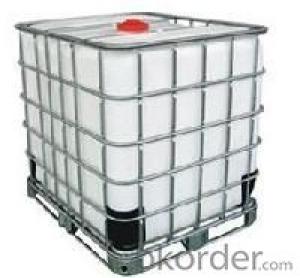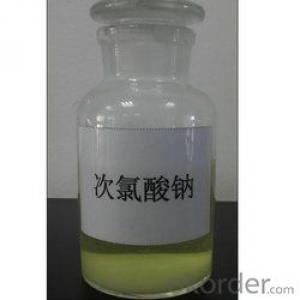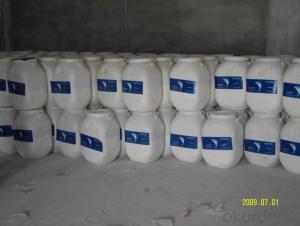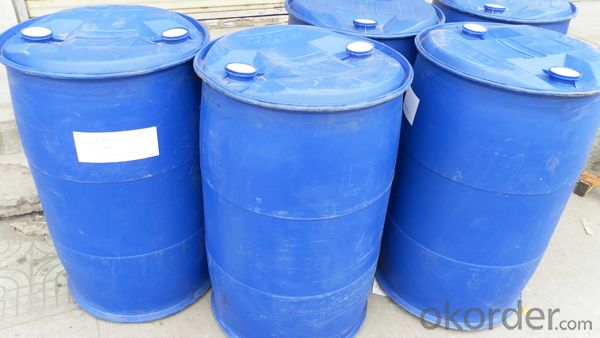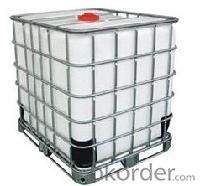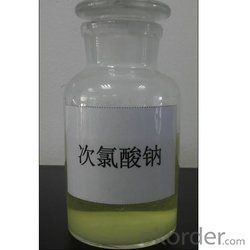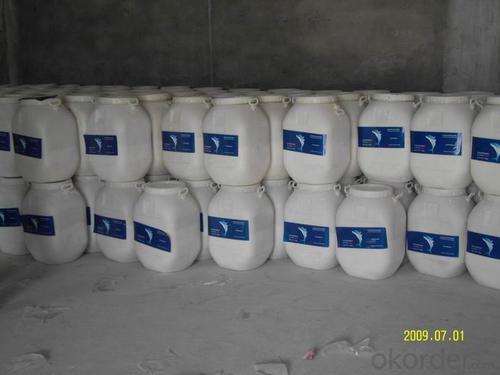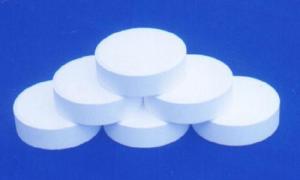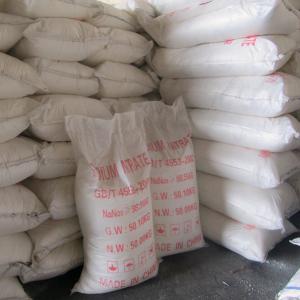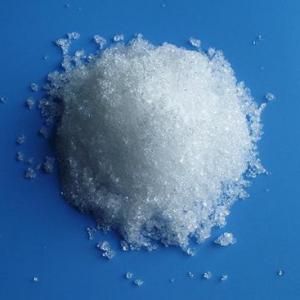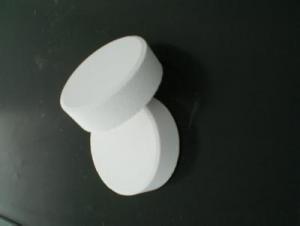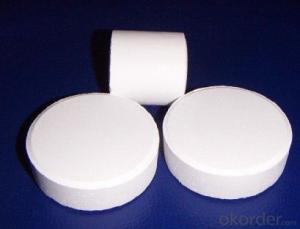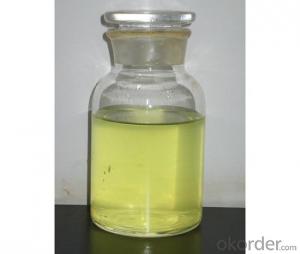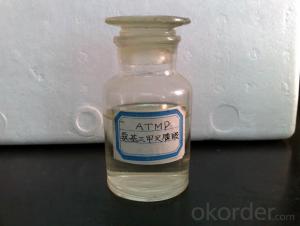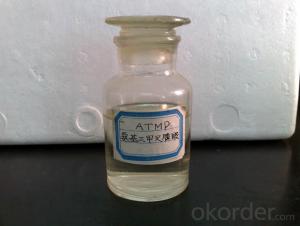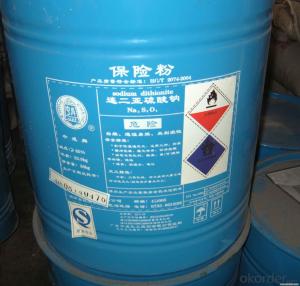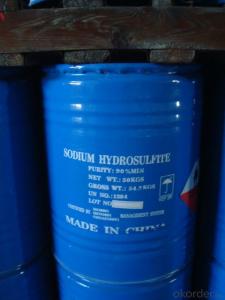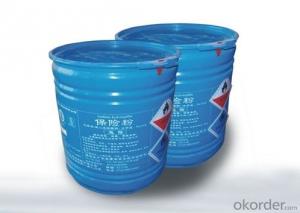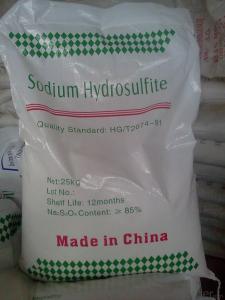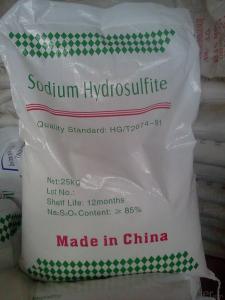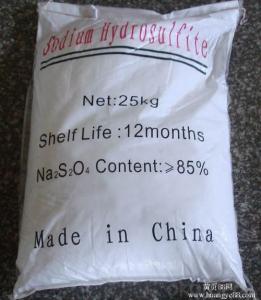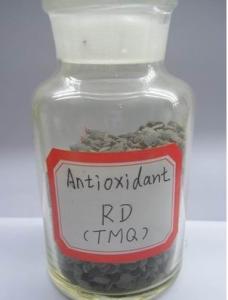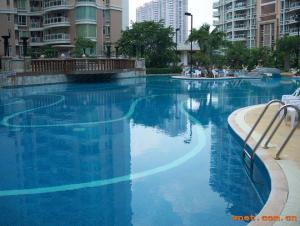Sodium Hypochlorite Factory Price With High Quality Disinfectant
- Loading Port:
- Tianjin
- Payment Terms:
- TT OR LC
- Min Order Qty:
- 25 m.t.
- Supply Capability:
- 6000 m.t./month
OKorder Service Pledge
OKorder Financial Service
You Might Also Like
Sodium Hypochlorite
CAS NO: 7681-52-9
Chemical Formula: NaClO
Molecular Weight: 74.44
Appearance: Yellow transparent Liquid
Standard: HG/T2498-1993
Specification:
Available Chlorine: 8%-16%
NaOH: 1% Max
Transportation Info:
Class: 8 UN NO: 1791 PG:III
Application:
Disinfection for swimming pool, drinking water, cooling tower and sewage and waste water, food, and farming, hospital, school, station and household etc
Good bleaching and oxidation in paper and dye industry.
Normal Packing: 30kg drum, 1200kg IBC Tank
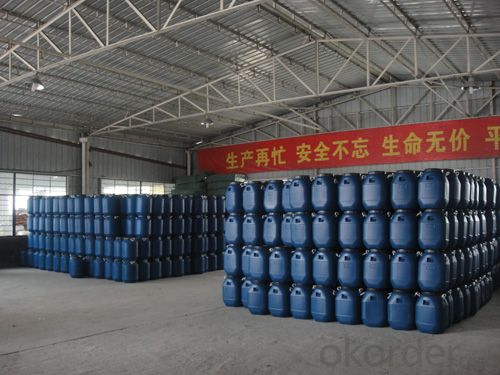
Food grade Sodium Hypochlorite 13%
sodium hypochlorite 12% solution
professional manufactuer
SGS, CIQ BV certificate
water treatment
Spesification:
Test item | Standards GB 19106-2003 |
Product Name | Sodium hypochlorite |
Active chlorine | 10%, 12%, 13%,15% |
Free alkali (NaOH) | 0.1-1.0 |
Iron (Fe) ≤
| 0.005% |
Pb≤
| 0.001% |
As≤
| 0.0001 |
Appearance | Light yellow-green liquid |
Certification | SGS,BV, ISO9001 |
Solid Sodium Hypochlorit
1) Solid Sodium Hypochlorit is white or light yellow green, crystalline, alkaline, lightly absorptve humidity and easily solvable in water and alcohol.
2) Solid Sodium Hypochlorit is an oxidizng agent with high efficiency and an excellent bleaching ingredent, its afficiency is aqual to 10 times of bleaching powder.
3) Solid Sodium Hypochlorit is stable when stored under room tenperature or normal condition, its stability is bigger than sodiun hypochlorite and smaller than sodium chlorate.
4) When mixed solid sodium chlorite and alkaline solution are heated over 70 centigrade, it resoves chlorine hydrogen.
5) Solid Sodium Hypochlorit is easily explosive, buring or poisinous when met, , bumped or rubbed with wooden bits, organic substance and reeductive substance.
- Q: What is the principle of catalyst reaction rate in chemical reactions?
- Whether the chemical reaction can be carried out according to the change of free energy, but only according to the change of free energy can not determine whether the reaction can be completed, because the chemical reaction is also completed by the reaction of the energy barrier, that is, if the reaction energy barrier is high, To provide some energy, across the barrier, to complete the reaction. The energy barrier is called activation energy. And the role of the catalyst is to reduce the activation energy, so that in a relatively harsh environment, chemical reaction occurs.
- Q: What is a catalyst in a chemical reaction?
- I didn't actually need to know what a catalyst was for my chemistry exam just what it does. A catalyst is something that speeds up a chemical reaction.
- Q: Could you tell me all the differences between those two catalysts? Thank you very much.
- Biological catalyst: 1. Biological catalysts or enzymes are high molecular weight globular proteins. 2.Their composition may change at the end of reaction. 3.Their catalyzing effect is very high. i.e faster than chemical catalyst. 4.They are reaction specific. i.e One enzyme or biological catalyst may catalyze only particular type of reaction and not many. 5.They are intolerant to temperature and pH changes. An enzyme can not function outside its temperature or pH range. e.g amylase,lipase,pepsin Chemical catalyst: 1.Chemical catalysts are simple inorganic molecules with low molecular weight. 2.They remain unchanged at the end of reaction. 3.They are slower compared to enzymes. 4.They are not reaction specific. 5.They function within wide range of temperatures,pH or pressure. e.g vanadium dioxide, platinum
- Q: The role and significance of chemical catalysts
- To speed up or slow down the chemical reaction is to make the chemical reaction more direct, simple and straightforward to adopt
- Q: What are the properties of the catalyst (eg, specificity)?
- The definition of a chemical reaction in the chemical reaction can change the chemical reaction rate of other substances, and its quality and chemical properties before and after the reaction did not change the material called catalyst, also known as catalyst. Catalyst in the role of chemical reaction There is also a saying that the catalyst reacts first with one of the reactants and then the two products continue to undergo a new chemical reaction under the original conditions and the reaction conditions of the catalyst reaction are more reactive than the original reaction The reaction conditions of the catalyst have been changed by the reaction of the catalyst by the reaction of the catalyst, that is, the quality and chemical properties mentioned above did not change before and after the reaction.
- Q: Will the catalyst change in the chemical reaction?
- In fact, there are two kinds of catalyst mechanism, one is not a chemical reaction, the reaction did not occur throughout the chemical reaction, the catalyst did not change; one is involved in the reaction process, but the final production of the catalyst, which The class reaction generally occurs in a stepwise chemical reaction.
- Q: What kind of chemical substances can seriously damage the ozone layer, as a catalyst or reactants can be?
- Hundreds of years ago the news once the industrial production and emissions of ozone generated less way, the ozone layer will still be thin.
- Q: Now, i am studying for my biology exam in 3 weeks time...i stumbled upon catalase, and then checked my book its catalyst...now im confused...is there a different among these 2 terms? i think..catalyst is the when a substance brings up or about a chemical reaction without using itself up and then catalase breaks down the toxic by-product of metabolism, hydrogen peroxide, into water and oxygen.Or am i wrong?please explain what is catalyst and catalase in biology or are they the same, just differently?
- an enzyme that decomposes hydrogen peroxide into oxygen and water.a substance that causes or accelerates a chemical reaction without itself being affected. To put thing simply, a catalyst is any substance that speeds up a chemical reaction. These can be natural or manmade. Catalase is actually a specific type of naturally-occuring catalyst, an enzyme in cells that decomposes hydrogen peroxide (Which is extremely toxic to life!) into harmless components. Catalase enzymes are highly concentrated in the aptly named cell organelles known as peroxisomes. Just remember- if the word ends in -ase, it's a type of enzyme! :) Hope this information helps!
- Q: Before and after the chemical reaction, the nature of the catalyst unchanged this statement right? Why?
- Chemical properties do not change better. Some properties of the catalyst may change before and after the reaction. If the experiment proves, the state of the catalyst before and after the reaction changes, and some changes from powder to powder.
- Q: Chemical reaction in the presence of catalyst for the reaction are carried out a high life
- Juvenile high school you have to learn the reaction are hundreds of I can not tell you one by one you will learn some of the time can be added plus no plus can not respond
Send your message to us
Sodium Hypochlorite Factory Price With High Quality Disinfectant
- Loading Port:
- Tianjin
- Payment Terms:
- TT OR LC
- Min Order Qty:
- 25 m.t.
- Supply Capability:
- 6000 m.t./month
OKorder Service Pledge
OKorder Financial Service
Similar products
Hot products
Hot Searches
Related keywords
